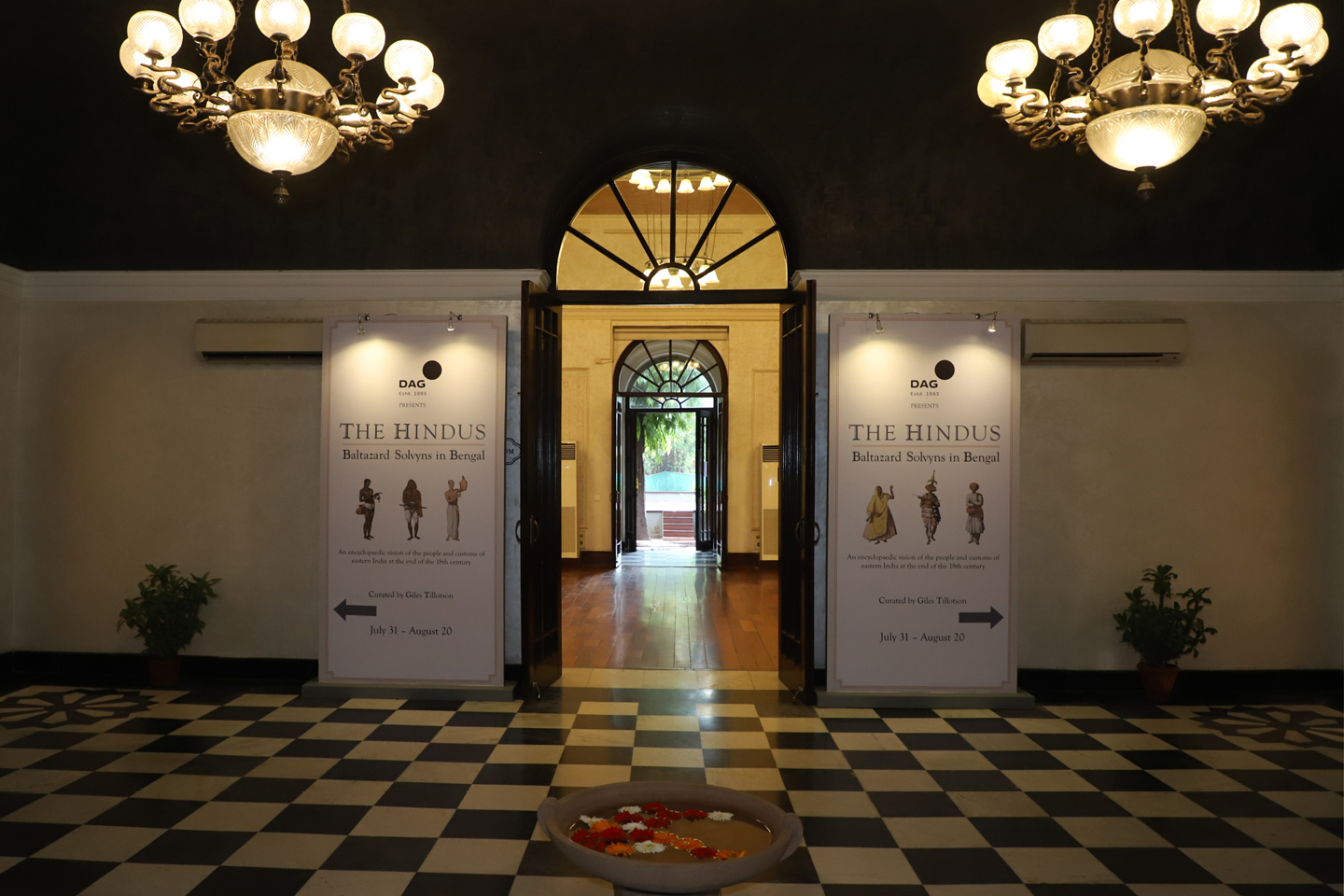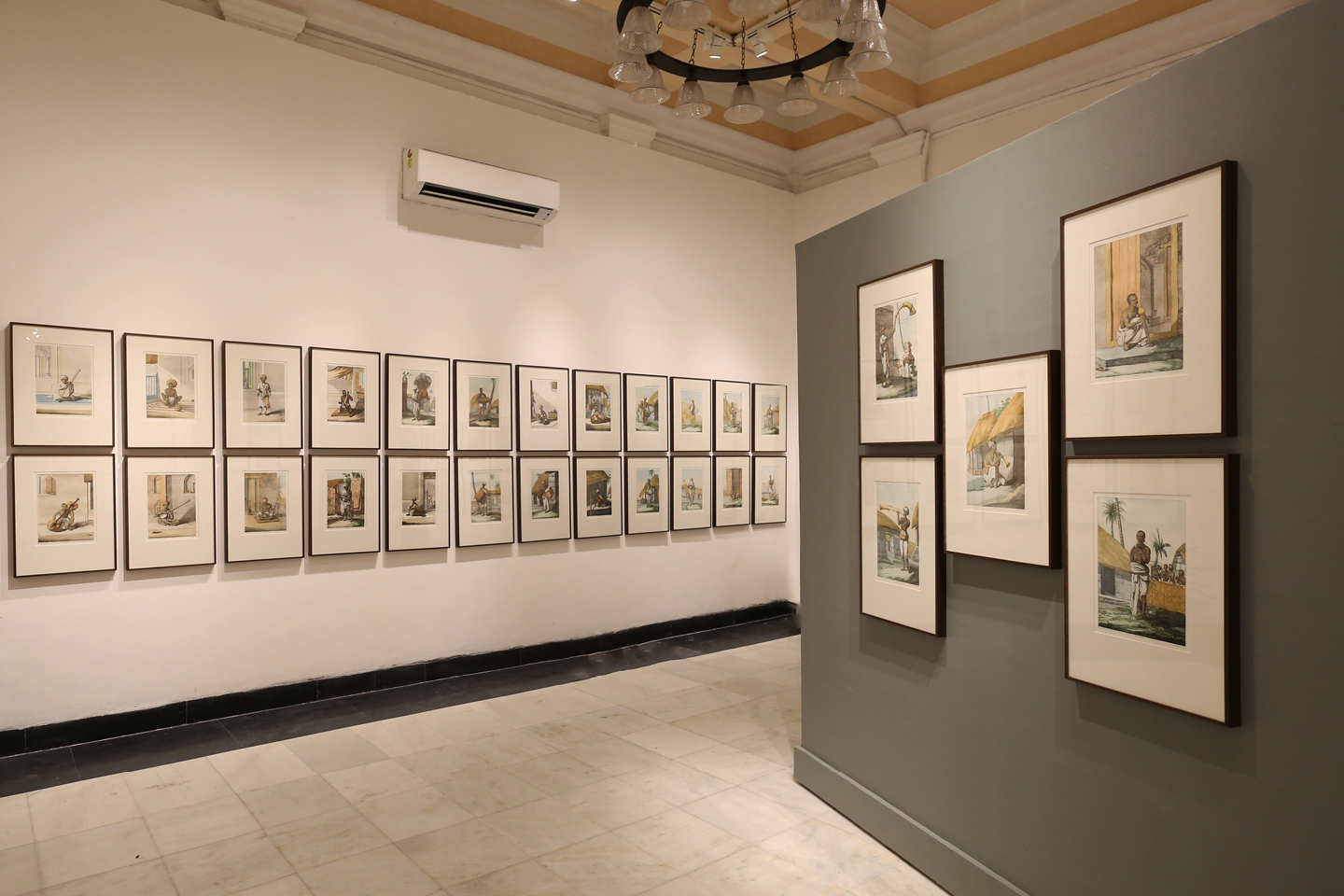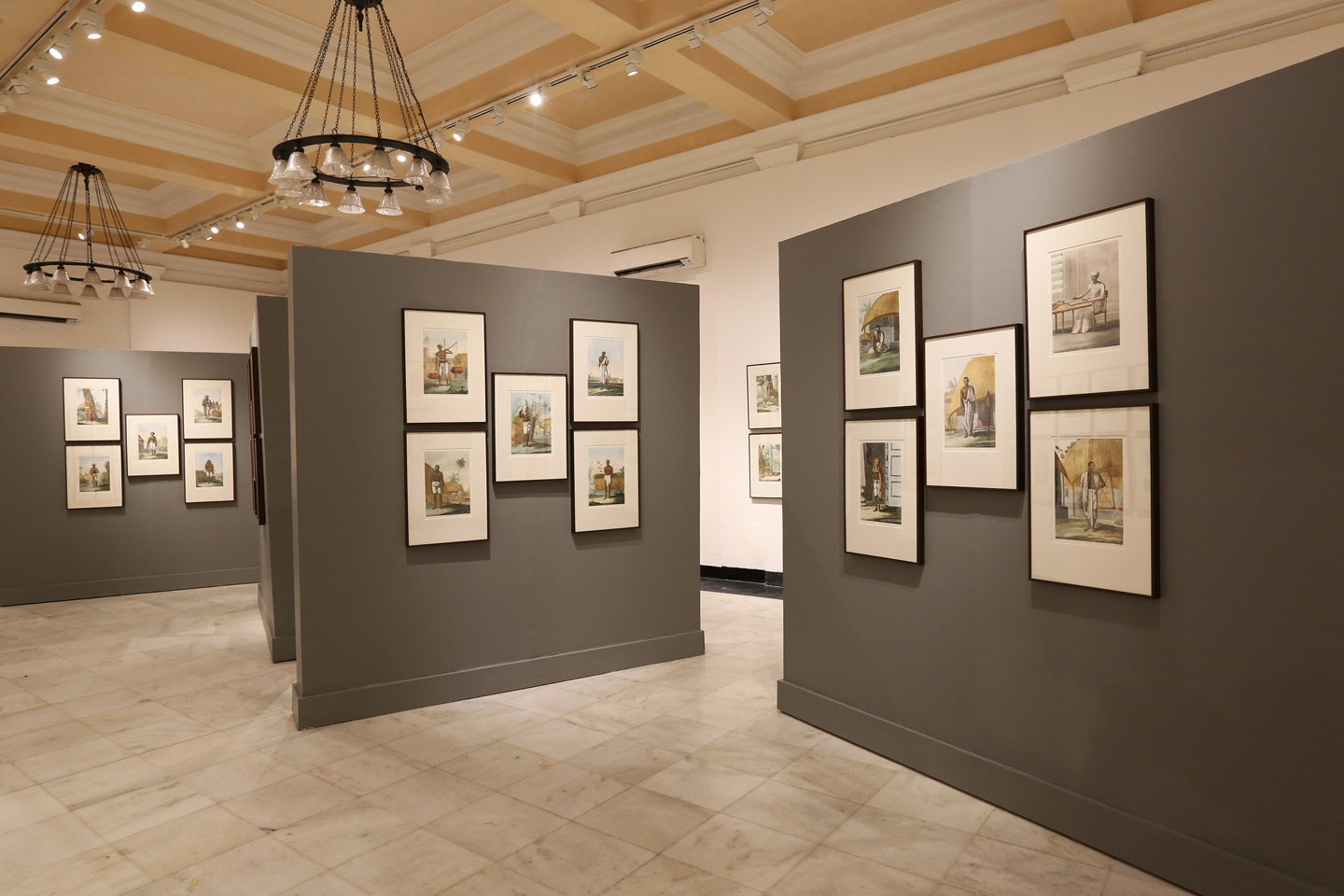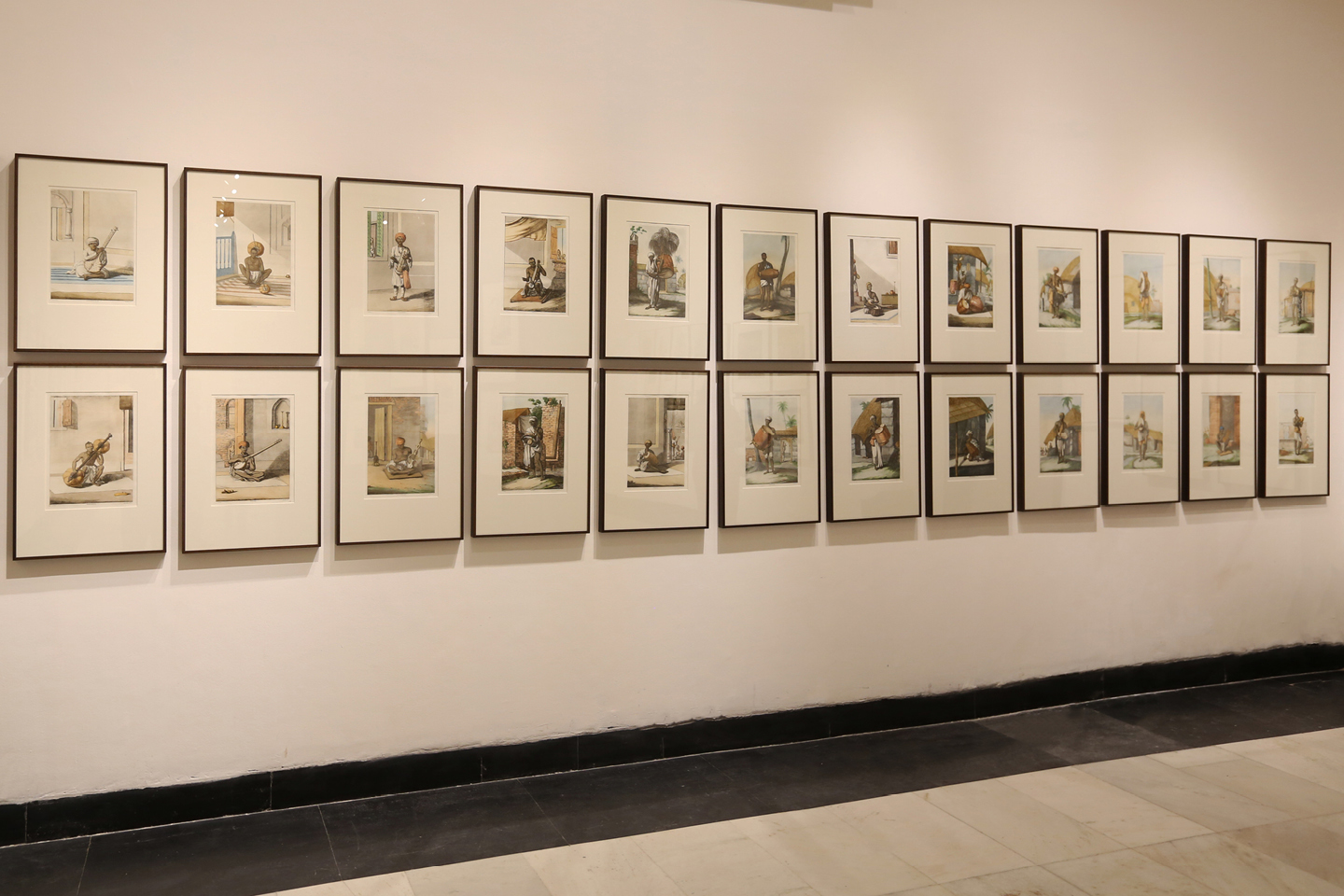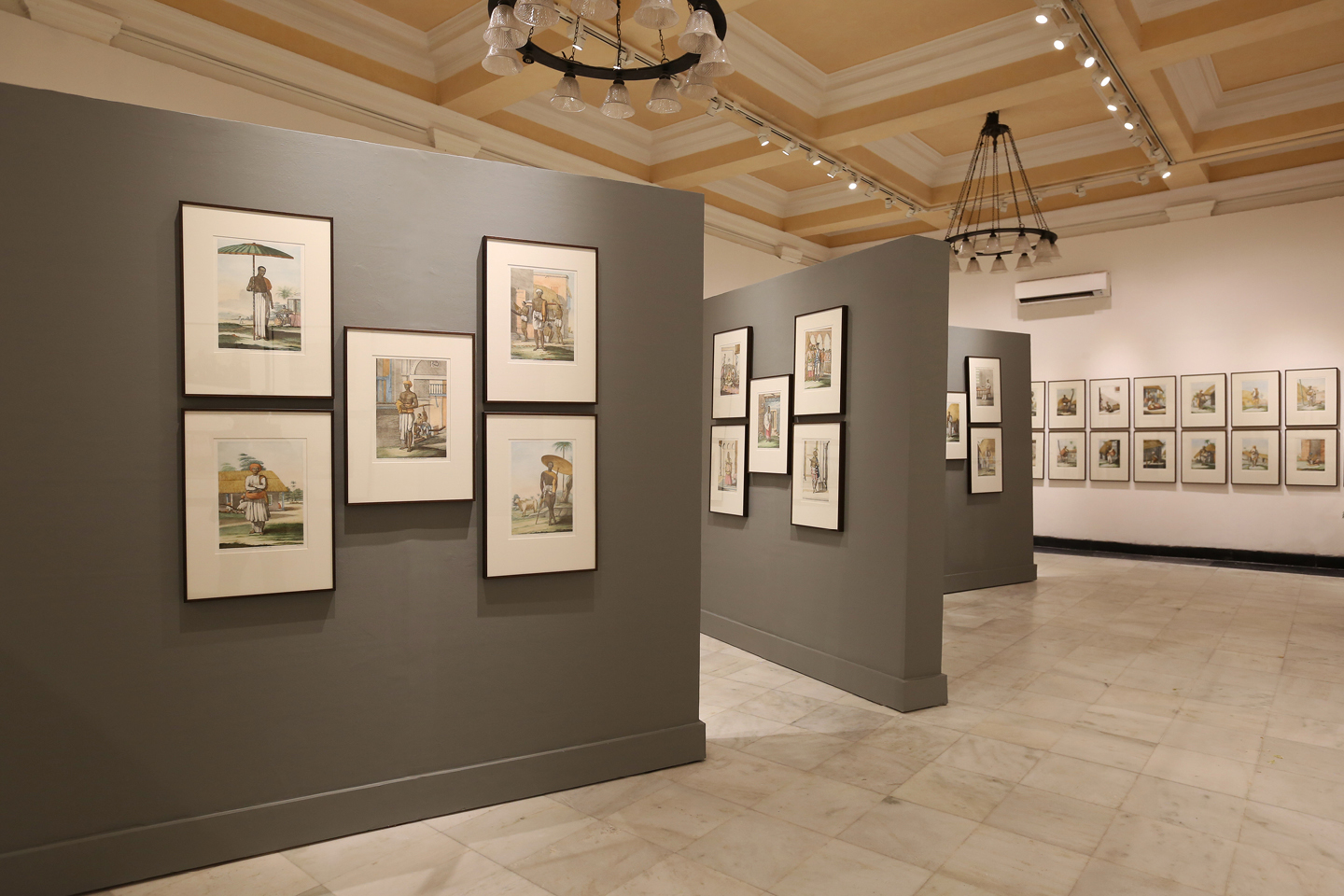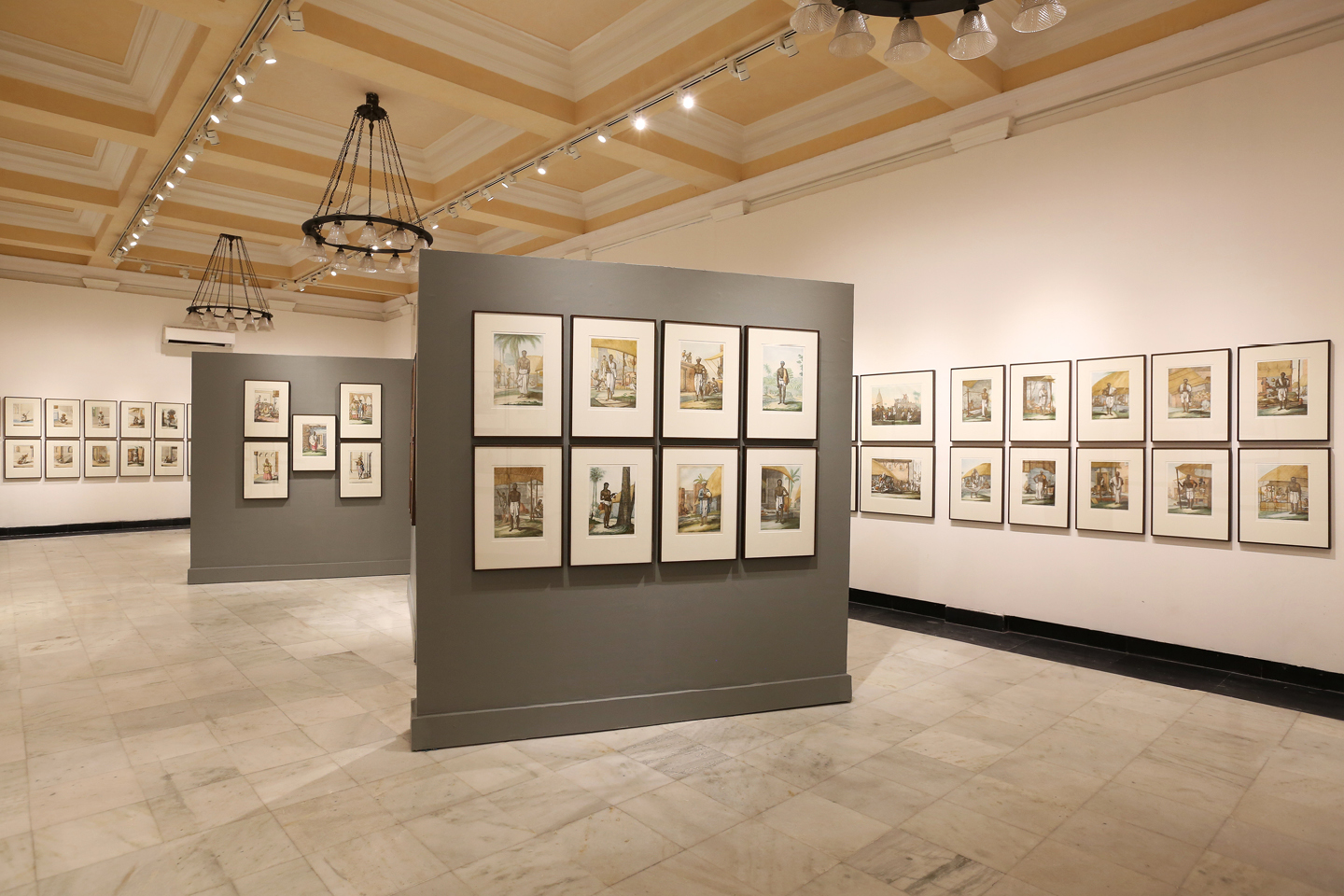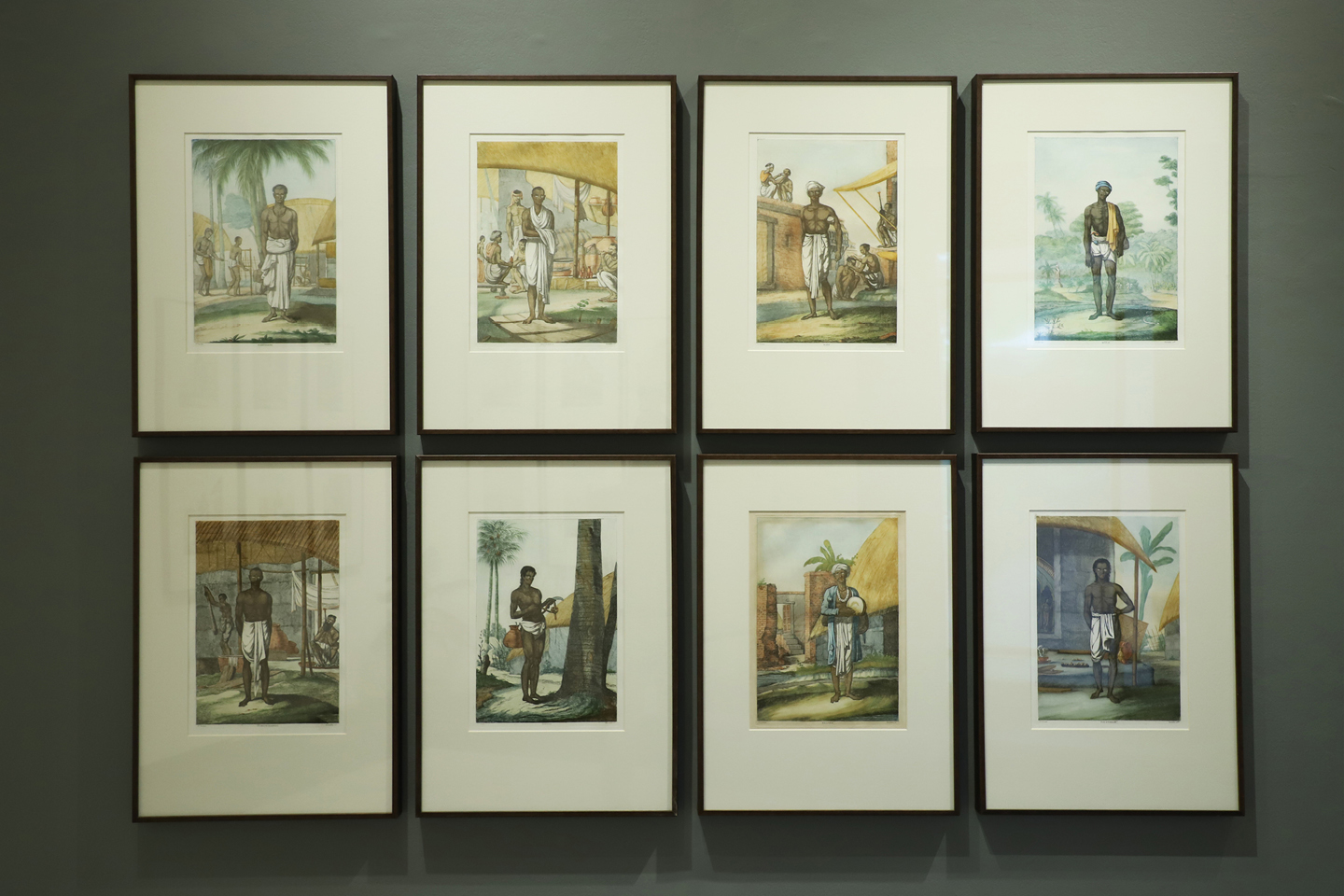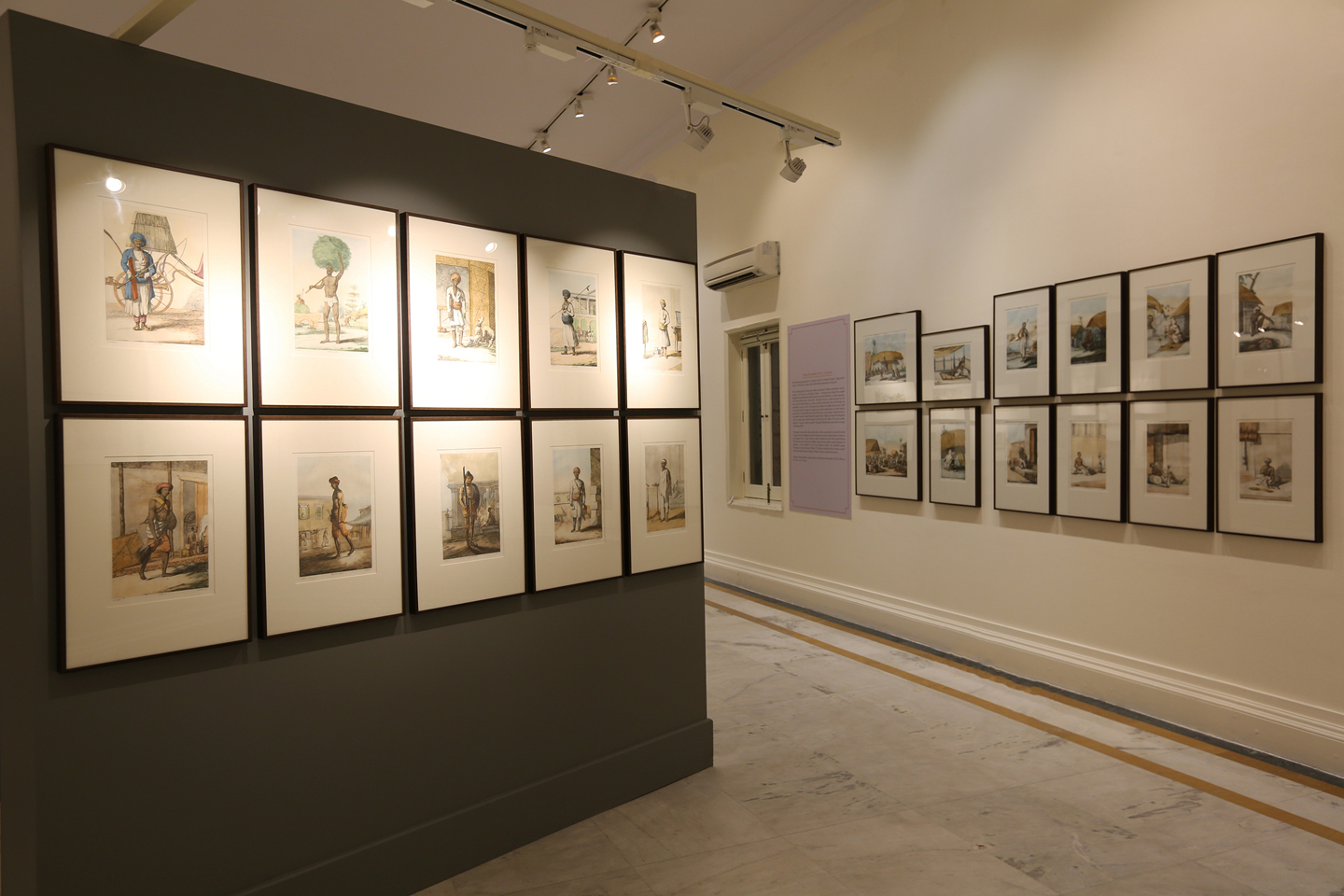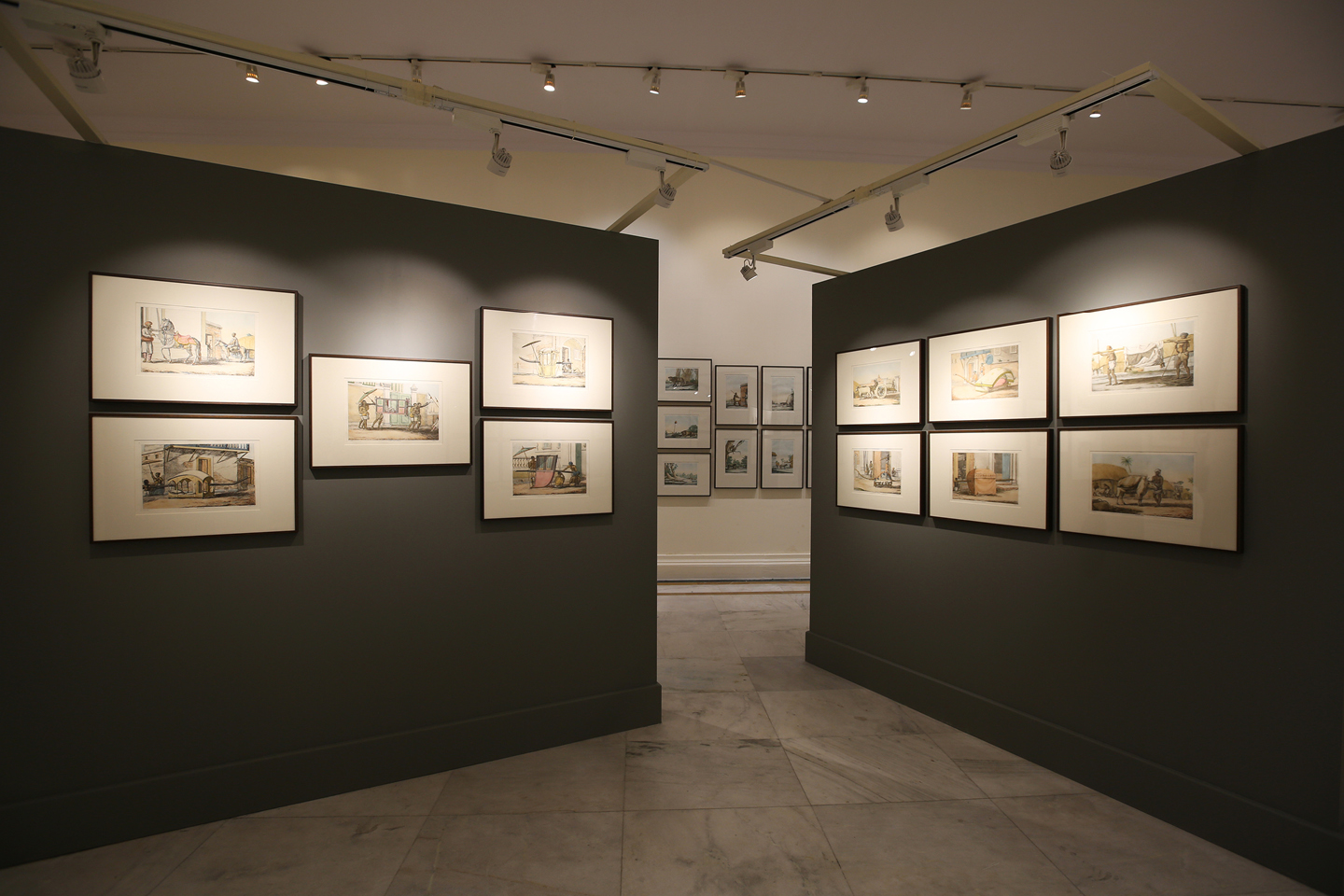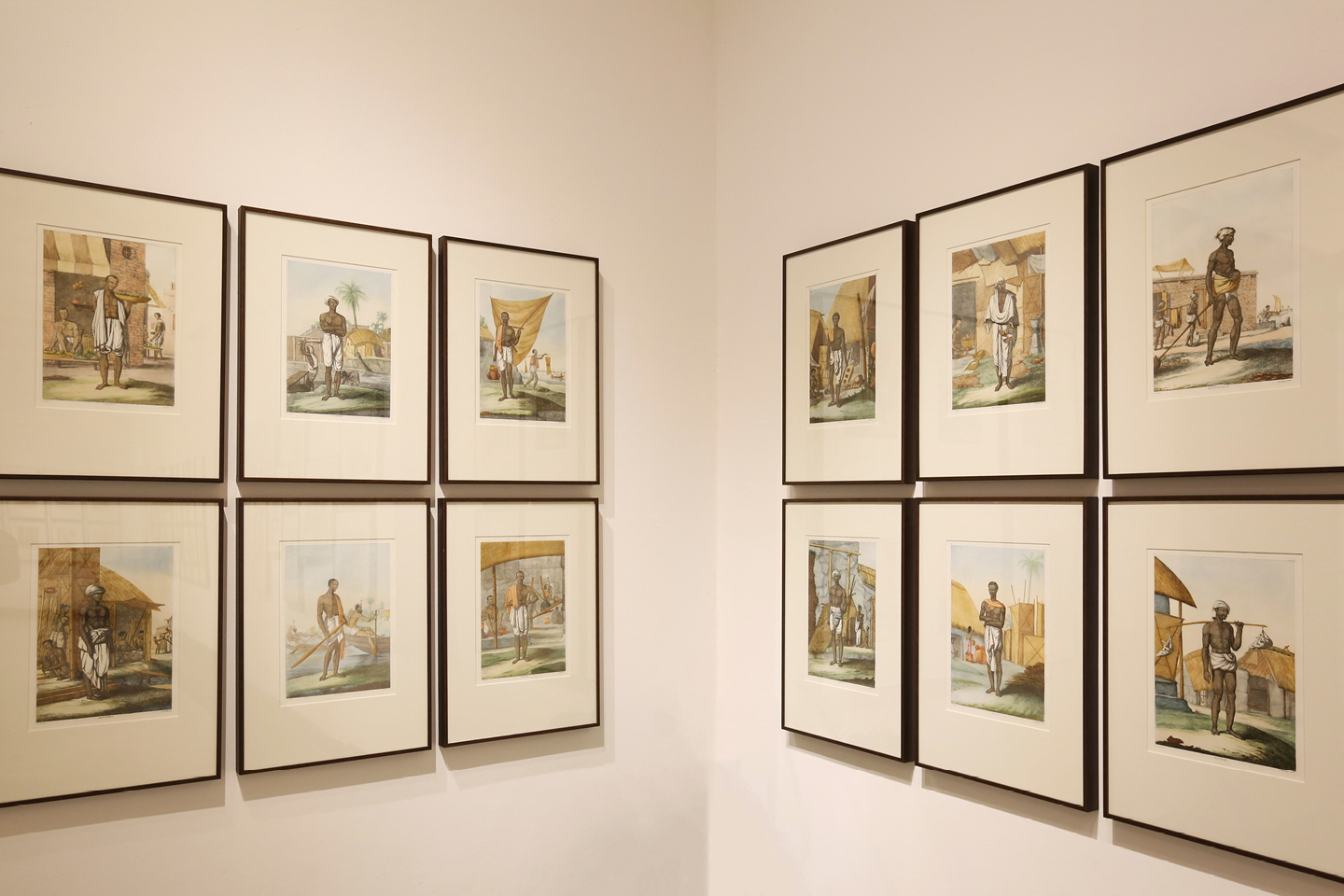The Hindus
The Hindus
The Hindus
|
Collaborative/Collateral The HindusBaltazard Solvyns in BengalNew Delhi: Bikaner House, 31 July – 20 August 2021 |
|
|
|
'The exhibition doesn’t fail to note that any Indian viewer will watch out for Solvyns’ possible Orientalist gaze but asks also to consider a Bengali Brahminical attitude that the painter also seems to convey' – The Indian Express, 2021 |

all artworks
Exhibition and Events
